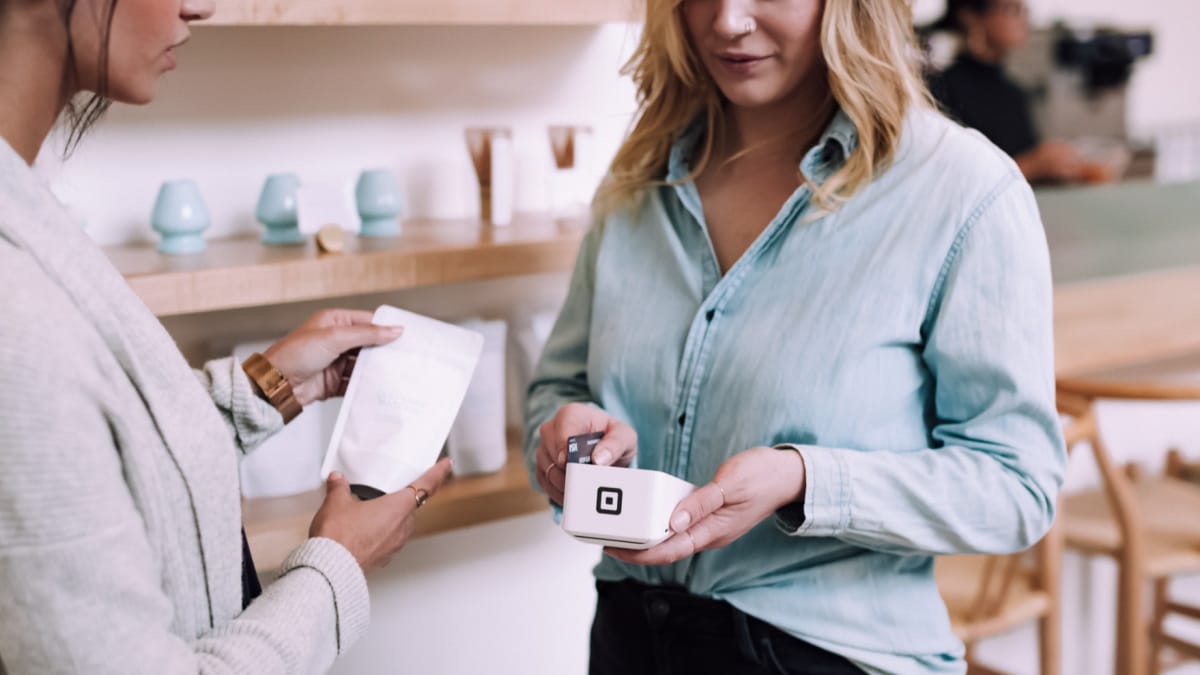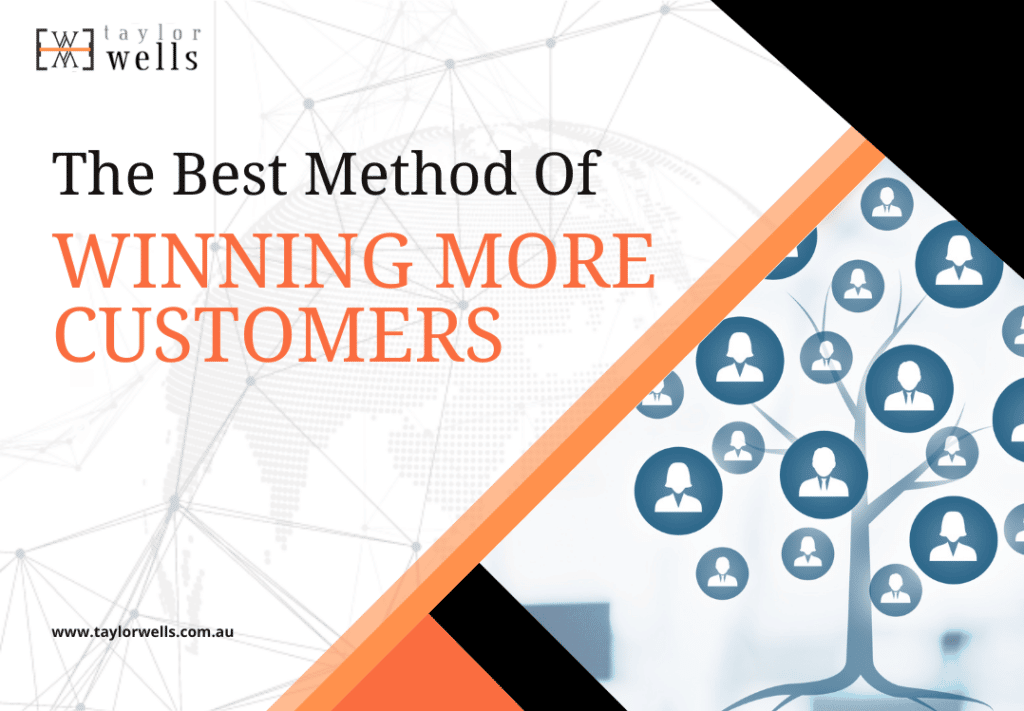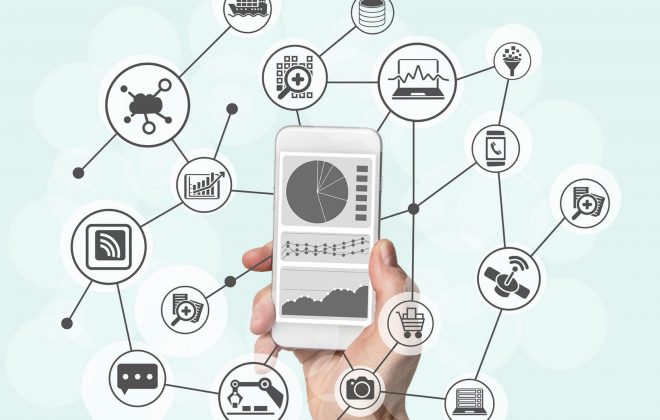
Customer Loyalty Program Best Practices That Drive Profitability 💑
What are the customer loyalty program best practices?
>Download Now: Free PDF The Best Method of Winning More Customers
Many managers firmly believe that the best customers are the most loyal customers. But I’m not so sure. When it comes to customer loyalty programs, we all put on our rose-tinted glasses – and invest in customer loyalty programs before getting enough evidence first.
“All the best customers are loyal customers,” we seem to say in meetings.
“To ensure long term profitability, we need to win our customers’ trust and loyalty.”
But do we?
In this article, we’ll be discussing whether customer loyalty drives profitability and growth as much as we think it does. We will also talk about customer loyalty program best practices. We’ll argue that customers who purchase steadily from a company over time are not necessarily cheaper to serve or less price sensitive.
As we go through, we’ll provide a case study on customer loyalty. So we can examine the impact of customer loyalty program best practices on customer retention and customer loyalty metrics. We’ll also weigh up the advantages and disadvantages of customer loyalty programs. Principally that customer loyalty is a much better predictor of cash flow (forecasting) than it is profitability.
But let’s start by understanding what customer loyalty and retention mean.
Customer loyalty and retention definition
In simple terms, customer loyalty programs reward customers that frequently and predictably buy from the business over a sustainable period. Typically, businesses reward loyal customers in three ways:
- A loyalty discount program to reward loyal customers with cost savings (i.e. discounts, coupons, volume deals).
- A rewards or rebate program to delight loyal customers with gifts or more points to buy more stuff (i.e., a reward scheme)
- A membership program to reward loyal customers with exclusive access to new offers, range, personalisation, advice or choice
What research on how to enhance customer loyalty tells us
Over the past five years or so, many leading retailers in the UK, EU and the US – who were early adopters of customer loyalty program twenty years ago – are now challenging loyalty and its supposed ROI. The top 16 retailers in Europe, for example, collectively spent more than $1 billion in 2000 on loyalty. But many of them were underwhelmed with the ROI delivered from customer loyalty. And are now questioning the relationship between loyalty and profitability.
Advantages and disadvantages of customer loyalty program best practices
Many customer loyalty programs focus on two notions:
- A loyal customer is the best type of customer because they are the most profitable customer group.
- Customer loyalty programs that give consumers the right mix of discounts, incentives and offers will retain and train consumers to come back and buy more (and essentially be loyal and predictable customers).
Leading research found that the strength of this relationship is quite more subtle than CRM loyalty software providers and consultants. What’s more, throwing discounts at customers who don’t want or need a bundled offer has not increased their willingness to pay for a price bundle at all. We have all learned that it is harder to move prices up when you have anchored customers to a low price point. And very hard to wean customers off volume discounts and low prices when they feel entitled to get them.
So does customer loyalty program best practices drive profitability and growth as much as we think it does?
To answer this question properly, we’d like to share a case study.
A few years ago, Taylor Wells worked on a retail pricing project for an FMCG fresh food retailer. This retailer was experiencing rapid growth and growing product complexity. They had several emerging categories and wanted to know the impact of customer loyalty programs on customer retention and how much additional margin they could generate from their existing customers.
At that point, they had experienced a 55%+ increase in online sales (totalling about 30% of their overall sales).
About 70% of their sales were made in-store by card owners. They wanted to know if they should introduce a new loyalty card scheme or not? They were pretty convinced they should. Their theory was that offering their most loyal customers more loyalty discounts would generate more revenue from loyal customers.
The idea was to get help on managing discounts because they were just unsure what size of discount they should offer. They believed that if they offered too large a discount, they would lose money. And, they thought that if they offered customers too little a discount, they would create a backlash and struggle to capture additional profit.
At the start of the project, they brought us in to do some pricing elasticity modelling and recommend some discount levels. The business thought their assumptions on customer loyalty were right. They just wanted us to tell them how much they should reward loyal customers with discounts, credits, and freebies.
But it wasn’t as simple as that…
Their hypothesis was that customers who consistently buy from them over time have a higher willingness to pay for their price bundles than the company’s newer customers. They equated long term customers on their membership program as loyal customers. The data from the membership program showed that nearly all of them regularly bought from them over many years.
So, we looked at the data and started our customer shopper and value driver analysis. We were pretty keen to find out how strong the relationship between profit and loyalty was at a category and SKU level. We assumed at least a positive correlation. However, as we progressed through the quantitative and qualitative analyses, three important findings emerged:
Firstly, we found that there was no significant difference in prices paid in any product category (i.e., between long term customers and short-term customers). When there were small differences, a willingness to pay higher shelf prices was cancelled out by excessively large discounts from using loyalty card programs.
We also found their ‘loyal’ customers received sizeable discounts across most categories as the company continued to roll out blanket promotions.
This discounting did encourage repeat purchase like the business hoped it would. It did not encourage or educate the customers’ understanding of value, however. What’s more, their deep promotional discounting practices undid a lot of good work the company did to educate or remind their loyal customers about the value of their price bundling strategy and new offers. It also made it pretty difficult for the business to switch to a better pricing model. Their supposedly loyal customers on the membership program were now used to their monthly discount dopamine hit.
Secondly, the link between profits and customer tenure was much weaker than any of us thought it would be (r2 .43). Long-term customers (deemed as loyal customers) consistently paid lower prices than the newer customers did—between 3% and 7% lower, depending on the product category.
There was very little evidence to suggest that customers who purchase steadily from a company over time were less price sensitive. About half of those loyal customers barely generated a profit. Conversely, about half of the most profitable customers were blow-ins. They buy a great deal of high-margin products in a short time before disappearing.
Thirdly, we were very surprised to find how disloyal loyal customers were towards the business. Many loyal customers were trading their loyalty simply for lower prices (i.e., guaranteeing the business greater frequency of purchase). Their loyalty was based on getting low prices, rather than support the business and their missions or values.
Advantages of customer loyalty best practices and schemes
Based on consulting experience to date, pricing for customer loyalty program only really works well when the price structure is simple. It must reflect the value you offer, and customers must understand it. Customer loyalty programs and pricing designed and developed to address specific pain points to make the value obvious. Customer indicators and metrics based on behaviour and attitude, therefore, are key to solving the loyalty and profitability equation.
Tips on how to improve customer loyalty program best practices
Never offer loyal customers offers and pricing that is complex and confusing. Avoid bundled offers and choices that do not serve an immediate need or pain point.
Don’t think of all loyal customers as cash cows. A large proportion of loyal customers are not worth pursuing and will waste your time and money. The majority of your loyal customers will never be ready to pay a higher price. Even if you offer them lots of gifts, exclusive offers, or great bundles.
This includes:
- Simple and clear pricing that doesn’t put a customer off or confuse them
- Price bundles and offers designed to attract and retain specific target market segments
- Promotions that help customers find out about new products and alternative brands that they may not know a lot about but which will be better for them and their needs
- Rewards/points system rewarding not only the right customer behaviours but also the right attitudes, values, and beliefs
It only takes a small increase in price (or the wrong discount level) to make a ‘loyal’ customer switch. Most loyal customers feel entitled to lower prices and discounts and will be angry with any other arrangement. Which means, before you take away a discount or increase your prices, make sure you have a structured price risk management program in place. Giving credits and freebies just won’t cut it or compensate for the loss they will feel.
〉〉〉 Get Your FREE Pricing Audit 〉〉〉
Conclusion
Often businesses set up a customer loyalty program best practices because they believe that loyalty leads to profitability and growth (i.e., loyal customers are the best customers). However, we questioned this commonly accepted belief and argued the opposite (i.e., that loyalty is not strongly linked to profitability).
We found that the majority of loyal customers are less profitable for most business than disloyal ones. We found that most loyal customers were not worth the investment required to attract them and keep them.
Key learning from our consulting work is that many companies will need to re-evaluate the way they manage their pricing for customer loyalty programs. The link between loyalty and profit sounds so logical and enticing that few managers bother to do the math. They do not find out whether loyal customers are profitable customers before they adjust their pricing. And even before developing a new price bundling strategy. Very often, they often leave critical assumptions unchallenged and rely on good old mark up to mark down tactics, rule of thumb, and conventional wisdom.
Instead of focusing on loyalty alone, we highly recommend that companies look for better ways to measure the relationship between loyalty and profitability. This will help better identify which customers to focus on and which to ignore. In this article, we’ve named some behavioural attitudinal metrics and indicators here (will continue to explore customer metrics in later articles as well).
We’ve also discussed advanced segmentation principles if you would like to learn more.
Like always, different approaches will be more suitable for different businesses. Depending on the profiles of their customers and the complexity of their distribution channels. But whatever the context, we believe that no company should ever take for granted the idea that managing customers for loyalty is the same as managing them for profits. You need a high-performance pricing and revenue management team that knows what they are doing.
Next steps: Take the first step towards integrating a high-performing pricing team in your company. That will drive your profit margins upward every year.
Click here to access your free pdf guide on driving pricing strategy in your business.
For a comprehensive view and marketing research on integrating a high-performing capability team in your company,
Download a complimentary whitepaper on How To Maximise Margins.
Are you a business in need of help to align your pricing strategy, people and operations to deliver an immediate impact on profit?
If so, please call (+61) 2 9000 1115.
You can also email us at team@taylorwells.com.au if you have any further questions.
Make your pricing world-class!
Related Posts
Leave a Reply Cancel reply
Categories
- marketing strategy (26)
- Organisational Design (14)
- Podcast (114)
- Pricing Capability (87)
- Pricing Career Advice (10)
- Pricing Recruitment (19)
- Pricing Strategy (287)
- Pricing Team Skills (13)
- Pricing Teams & Culture (24)
- Pricing Transformation (47)
- Revenue Model (25)
- Sales Effectiveness (27)
- Talent Management (7)
- Technical Pricing Skills (35)








